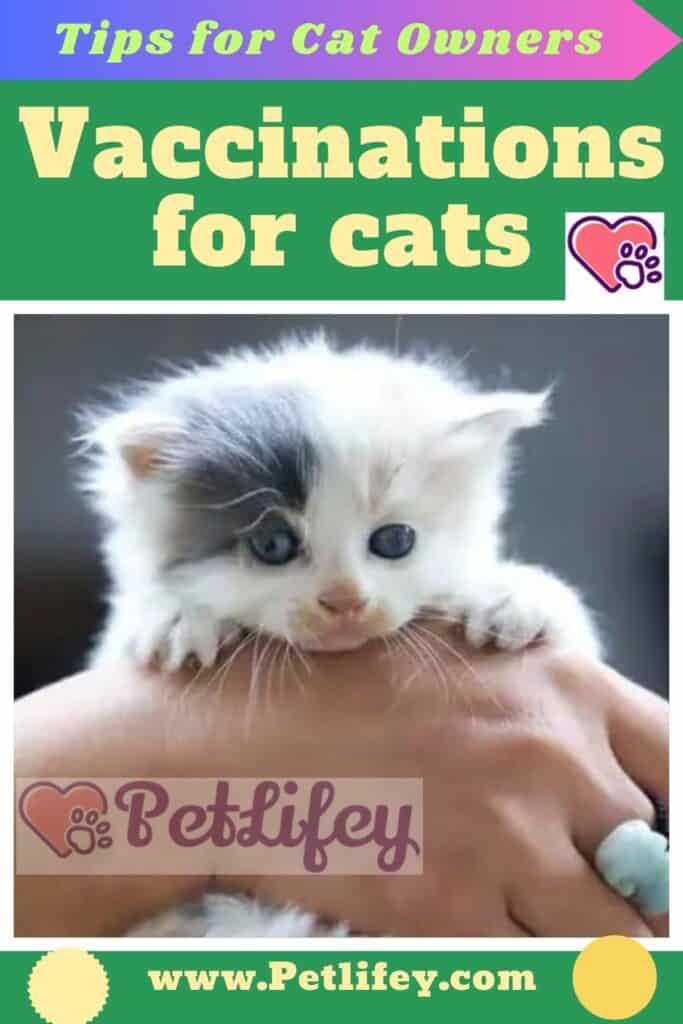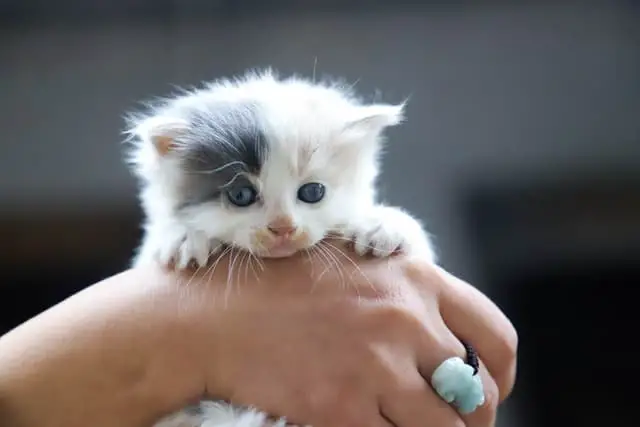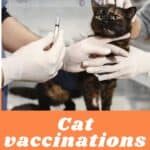
How to protect our felines from the danger of diseases? With vaccinations for cats: what you need to know based on age and type of pathology.
Taking care of the health of our pets starts with vaccinations: following and respecting the schedule set by the veterinarian is extremely important to avoid the danger of even quite serious diseases. It is important to know more about vaccinations for cats, which diseases make them immune to and which vaccines to administer to the feline based on its age. Let’s take a closer look at the history of this ‘miracle substance’ capable of saving our cat’s life, what are the costs and the procedures to follow when we have to vaccinate a cat.
Vaccinations for cats: what is it for and why to vaccinate
Who Invented Vaccination? It seems that the credit should go to Dr. Edward Jenner, who first experimented with this prophylaxis against infectious diseases. The first pathology ‘addressed’ was smallpox. This historical hint serves to understand the vaccine mechanism valid for both humans and animals: stimulating the immune system to react against a pathogen, modified to be ‘non-lethal’. The dose of antigen administered to the feline is naturally very small, but it serves to make the cat immune when and if it will be exposed to that specific disease.
It is good to specify that a vaccine does not make you 100% immune but it is still a very useful tool. Its effectiveness is totally lost when the disease is in progress, indeed it can be even harmful. So it is important to anticipate the disease before it takes root on our four-legged friend.
Vaccinating our cat is not only synonymous with protecting its health, but also that of the entire feline population that comes into contact with it and that could be infected.
What are the vaccinations for cats
According to the regulations in force in our State, the vaccine combinations provided for cats are of four types: the trivalent vaccine (or RCP vaccine), the vaccine for FeLV, the tetravalent (RCP and FeLV) and the pentavalent (RCP, FeLV and Clamydia).
Rhinotracheitis and calicivirosis: these are diseases that affect the cat’s respiratory system. They are also very contagious among cats, but not dangerous for humans: the infection occurs through an exchange of saliva, or in contact with feces and other secretions.
Viral panleukopenia or gastroenteritis, on the other hand, concerns the digestive system, so much so that the most evident symptoms are episodes of vomiting, diarrhea, dehydration and a sense of fatigue that is often lethal.
Feline leukemia: also called FelV is transmitted with saliva or in contact with nasal secretions. It can be lethal as it involves a kind of cancer of the lymphocytes, the blood cells.
Chlamydiosis: contracts in contact with nasal secretions and involves conjunctivitis, rhinitis, ulcers, sneezing and coughing, but also high temperatures and other pulmonary problems.
What about anger?
Vaccination for cats against rabies is absolutely necessary for cats that are carried around Europe or for those who participate in cat competitions and exhibitions. It will be the ASL to make it mandatory if there is a spread of the disease in a specific region. For traveling cats it is mandatory that the vaccine is administered at least 20 days before departure. Furthermore, it is one of the main diseases of the zoonoses of cats to humans, therefore transmissible to humans and dangerous for their health.
When to give the cat the vaccine: the calendar
When can we think about vaccinating the cat? From his weaning. In fact, as soon as the kitten is born it is fed with mother’s milk and the substance contained within it, colostrum for dogs and cats, which contains most of the immune defenses it needs. They will serve to protect the feline until the immune system is fully developed. The immunity transferred from the mother to the kitten already when she was in her uterus tends to lose its effectiveness around 5 and 7 weeks of life. Before vaccinating it, but also immediately after vaccination, the cat must be kept safe and avoid exposing it to danger to its health.
A typical cat vaccination schedule follows the following pattern (it is important to pay attention to the health plan, according to which vaccinations are ‘up to date’ and can change).
- A month and a half of the life of the cat: it is necessary to make an antiparasitic, before vaccination.
- Two months: first dose of the trivalent (usually we also proceed with a test for leukemia and immunodeficiency).
- Two and a half months: first dose of the feline leukemia vaccine.
- 3 months: booster of trivalent vaccination.
- 3 and a half months: recall of the leukemia vaccine.
- 4 months: anti-rabies.
The calls will have to be ‘recalled’ annually to maintain their effectiveness, especially if our cats are used to being in open spaces and have contact with stray cats.
Contraindications and costs of vaccines

The risks and side effects can certainly occur, although these are rather rare cases, of various kinds and with more or less similar symptoms. Some of the signals that the cat can send after a vaccination are: inflammation of the area where the injection was given, lethargy, fever etc.
It is not possible to determine a single price for cat vaccines, as it varies depending on a few factors. In fact, the cost of vaccinations is based on the type of vaccine, on the Region or Province in which they are carried out and of course the veterinarian’s tariff. Generally it is possible to understand the costs between 27.28 and 54.56 USD.






